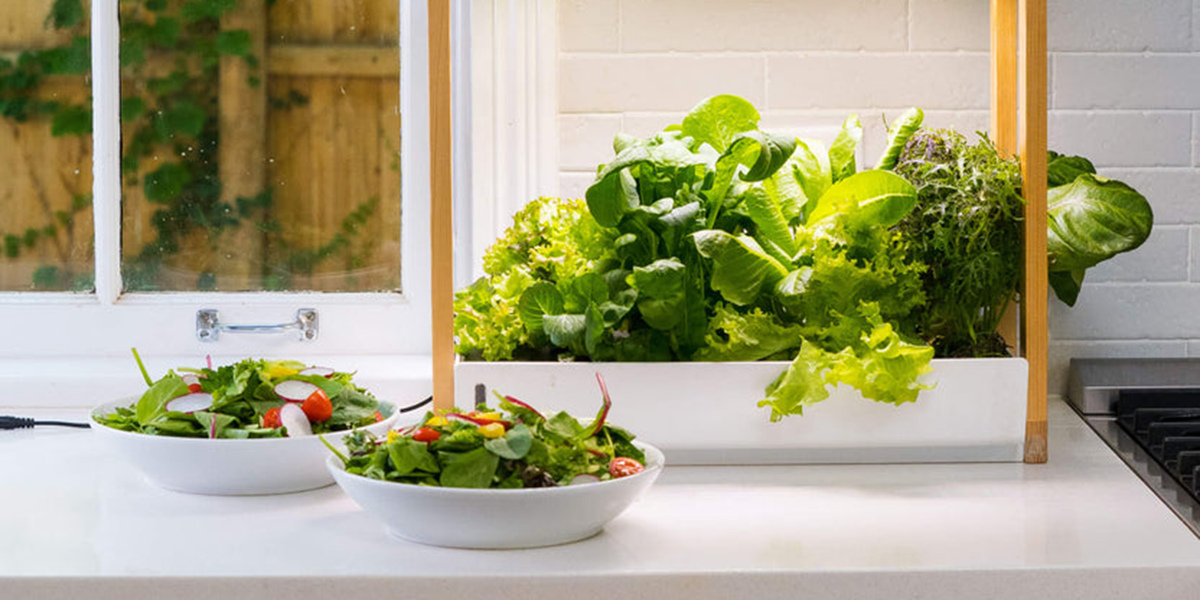

Articles
What Is The Best Indoor Garden System
Modified: January 18, 2024
Discover the best indoor garden system for your home with our informative articles. Learn about the latest trends and get expert advice on creating your own indoor oasis.
(Many of the links in this article redirect to a specific reviewed product. Your purchase of these products through affiliate links helps to generate commission for Storables.com, at no extra cost. Learn more)
Introduction
Welcome to the world of indoor gardening! Gone are the days when gardening was confined to outdoor spaces. With advancements in technology and a growing interest in sustainable living, indoor garden systems have become increasingly popular. Whether you have limited outdoor space, live in an apartment, or simply want to enjoy the benefits of gardening year-round, indoor garden systems offer a convenient and efficient solution.
Indoor gardens allow you to cultivate a wide variety of plants, from herbs and vegetables to beautiful flowers and ornamental plants. They provide an opportunity to reconnect with nature, even in the midst of urban living. Not only do indoor gardens add a touch of greenery to your home, but they also offer numerous benefits for your overall well-being.
In this article, we will explore the benefits of indoor gardens, discuss the factors to consider when choosing an indoor garden system, highlight some of the top indoor garden systems on the market, provide a comparison of different systems, and share tips for setting up and maintaining your indoor garden. Whether you are a seasoned gardener or a beginner, this article will guide you in creating your own thriving indoor oasis.
Key Takeaways:
- Bring the Outdoors In: Indoor garden systems offer improved air quality, stress reduction, fresh produce, and year-round gardening, enhancing your home with natural beauty and a calming atmosphere.
- Choose Wisely, Thrive Happily: When selecting an indoor garden system, consider factors like space, lighting, maintenance, and cost to create a flourishing oasis that suits your needs and preferences.
Read more: What Is An Indoor Garden Room Called
Benefits of Indoor Gardens
Indoor gardens offer a range of benefits that go beyond just aesthetics. Let’s explore some of the key advantages of having an indoor garden:
- Improved air quality: Indoor plants act as natural air purifiers by removing toxins and releasing oxygen. They help to filter harmful pollutants such as benzene, formaldehyde, and trichloroethylene, which are commonly found in indoor environments. This can lead to cleaner and healthier indoor air for you and your family.
- Stress reduction and relaxation: Spending time in nature has been proven to reduce stress levels. Indoor gardens bring nature inside your home, providing a calming and serene atmosphere. The act of tending to your plants, such as watering and pruning, can be therapeutic and help in relieving stress.
- Fresh herbs and vegetables: With an indoor garden, you can enjoy the convenience of having fresh herbs and vegetables at your fingertips. Imagine plucking a handful of fresh basil leaves or harvesting ripe tomatoes for your salad, all from the comfort of your own home. This not only guarantees the freshness and flavor, but also saves you money on store-bought produce.
- Year-round gardening: Indoor gardens allow you to continue gardening all year long, regardless of the weather conditions outside. You can grow plants even during the winter months and extend the growing season of your favorite crops. This is especially beneficial for those living in areas with shorter growing seasons or limited outdoor space.
- Enhanced mood and productivity: Greenery has a positive effect on our mental well-being. Indoor plants have been shown to boost mood and productivity, reduce anxiety, and improve concentration. Having plants around you in your home or office can create a more pleasant and uplifting environment.
- Decoration and aesthetics: Indoor gardens add a touch of natural beauty to any living space. They can serve as stunning decorative elements, brightening up a room and adding visual interest. Whether you prefer lush foliage or vibrant blooms, indoor plants can be chosen to complement your personal style and enhance the overall ambiance of your home.
These are just a few of the many benefits that indoor gardens provide. Whether you are looking to improve air quality, cultivate fresh produce, reduce stress, or simply beautify your living space, an indoor garden is a wonderful addition to any home.
Factors to Consider when Choosing an Indoor Garden System
When selecting an indoor garden system, it is important to consider several factors to ensure you choose the right one for your needs and preferences. Here are some key factors to keep in mind:
- Space availability: Assess the amount of space you have available for your indoor garden. Consider the dimensions of the area where you plan to place the system. Some systems are compact and suitable for small spaces, while others may require more room.
- Plant capacity: Determine how many plants you wish to grow. Some indoor garden systems can accommodate a few plants, while others have the capacity for a larger number. Consider both the number and size of the plants you want to grow to ensure the system can accommodate them.
- Lighting: Lighting is crucial for indoor plants as they require sufficient light to grow and thrive. Consider the type and intensity of lighting provided by the system. LED grow lights are commonly used in indoor gardens as they are energy-efficient and can provide the necessary light spectrum for plant growth.
- Watering and irrigation: Look for a system that offers efficient and convenient watering and irrigation methods. Some systems have built-in features such as automated watering or self-watering systems, which can make plant care easier and more consistent.
- Growing medium: Consider the type of growing medium used in the system. Soil-based systems are traditional and familiar, but hydroponic or aeroponic systems, which use water or air as the growing medium, can also be effective. Each option has its own advantages and may require different care and maintenance.
- Control and automation: Assess the level of control and automation you desire. Some systems offer advanced features such as temperature and humidity control, timers, and smartphone connectivity for remote monitoring and control. Determine your preferences and choose a system that aligns with them.
- Maintenance and ease of use: Consider the level of maintenance required for the system and your comfort level with it. Some systems may require daily maintenance tasks such as pruning, fertilizing, or adjusting light settings, while others may be more hands-off. Choose a system that fits your lifestyle and gardening abilities.
- Cost: Set a budget for your indoor garden system and consider the cost of the system itself, as well as any additional costs such as electricity usage or replacement parts. Balance your budget with the features and functionality you desire.
By considering these factors, you can make an informed decision when choosing an indoor garden system that meets your specific needs and preferences. Remember to do thorough research, read reviews, and compare different systems before making your final selection.
Top Indoor Garden Systems on the Market
With the growing popularity of indoor gardening, there are numerous indoor garden systems available on the market to choose from. To help you narrow down your options, here are some of the top indoor garden systems:
- AeroGarden: AeroGarden is a well-known and trusted brand in the indoor gardening industry. They offer a range of hydroponic systems suitable for different plant sizes and capacities. AeroGarden systems come with built-in LED grow lights, automated watering, and easy-to-use control panels.
- Click & Grow Smart Garden: Click & Grow offers smart indoor garden systems that are perfect for beginners. Their all-in-one systems come with self-watering capabilities and LED grow lights with an adjustable height feature. Click & Grow also provides a wide variety of plant pods, making it easy to grow herbs, vegetables, and flowers.
- GrowBox by Lettuce Grow: The GrowBox by Lettuce Grow is a vertical hydroponic system that is ideal for small spaces. It has a modular design that allows for stacking multiple units to maximize plant capacity. The system features a self-watering mechanism, LED grow lights, and a mobile app for easy monitoring and control.
- Tower Garden: Tower Garden is a vertical aeroponic system that enables you to grow a large number of plants in a compact space. It uses a unique tower design that allows for easy access and efficient nutrient delivery. Tower Garden systems are suitable for both indoor and outdoor use and come with LED grow lights for indoor cultivation.
- HerbGarden by Pico: If you’re specifically interested in growing herbs, the HerbGarden by Pico is worth considering. It is a compact and stylish hydroponic system that comes with built-in LED grow lights and automated watering. The system is designed to fit in small spaces such as kitchen countertops and is perfect for growing a variety of fresh herbs.
These are just a few examples of the top indoor garden systems currently available. Each system has its own unique features, design, and price range. When selecting the right system for you, consider your specific needs, space limitations, growing goals, and budget. Research each system in detail, read customer reviews, and choose the one that best fits your requirements.
Comparison of Indoor Garden Systems
When choosing among different indoor garden systems, it can be helpful to compare their features, capabilities, and specifications. Here is a comparison of some key factors to consider:
- Size and capacity: Compare the dimensions and plant capacity of each system. Some systems are compact and suitable for small spaces, while others can accommodate a larger number of plants.
- Lighting: Consider the type and intensity of lighting provided by each system. LED grow lights are commonly used in indoor gardens, but the quality and spectrum of the lights may vary among different systems.
- Watering and irrigation: Look for systems with efficient and convenient watering and irrigation methods. Some systems have built-in features such as automated watering, self-watering mechanisms, or customizable irrigation schedules.
- Growing medium: Compare the growing mediums used in each system. Some systems use traditional soil-based mediums, while others utilize hydroponic or aeroponic techniques that rely on water or air as the growing medium.
- Control and automation: Assess the level of control and automation offered by each system. Look for features such as temperature and humidity control, timers, and smartphone connectivity for remote monitoring and control.
- Maintenance and ease of use: Compare the level of maintenance required for each system. Consider factors such as pruning, fertilizing, and adjusting light settings. Choose a system that aligns with your gardening abilities and comfort level.
- Additional features: Look for any additional features or accessories offered by each system. This could include trellises for climbing plants, pest control mechanisms, or support for vertical gardening.
- Price: Consider the cost of each system, including any additional expenses such as electricity usage or replacement parts. Compare the prices and assess the value for money offered by each system.
By comparing these factors, you can determine which indoor garden system best suits your needs and preferences. It is important to prioritize the features that are most important to you and find a system that aligns with your gardening goals and available space.
It is also beneficial to read customer reviews and testimonials to gain insights from other users’ experiences. This can provide valuable feedback on the performance, durability, and customer support of each system.
Ultimately, the right indoor garden system will depend on your specific requirements and budget. Take your time to research and compare your options before making a decision. Happy gardening!
When choosing an indoor garden system, consider factors such as the type of plants you want to grow, the space available, and your level of gardening experience. Look for systems with adjustable lighting, automated watering, and easy maintenance for best results.
Read also: 12 Best Indoor Garden For 2024
Features to Look for in an Indoor Garden System
When choosing an indoor garden system, it’s important to consider the features that will contribute to the success and convenience of your gardening experience. Here are some key features to look for:
- Adjustable lighting: Look for a system that offers adjustable lighting options. Plants have different light requirements during different stages of growth, so the ability to customize the light intensity and duration can help support healthy plant development.
- Efficient irrigation: Choose a system that provides efficient and accurate irrigation. Look for features such as automated watering, self-watering mechanisms, or customizable irrigation schedules. This will ensure that your plants receive the right amount of water without the risk of over or under-watering.
- Appropriate growing medium: Consider the type of growing medium used in the system. Soil-based systems provide a traditional and familiar approach to gardening. However, hydroponic or aeroponic systems, which use water or air as the growing medium, can offer faster growth rates and more efficient nutrient absorption for plants.
- Control and monitoring: Look for systems that offer control and monitoring capabilities. This can include features such as temperature and humidity control, timers for light cycles, and smartphone connectivity for remote monitoring and control. Being able to monitor and adjust the environment from anywhere can be convenient and help optimize plant growth.
- Modularity and expandability: Consider systems that offer modularity or the ability to expand. This allows you to start with a smaller setup and gradually add more units or features as your gardening needs and experience grow. Modular systems provide flexibility and can adapt to your changing plant requirements.
- Easy maintenance: Choose a system that is easy to maintain. Look for features like easy access to the plants, removable trays or containers for cleaning, and clear instructions for replacing parts or troubleshooting common issues. Simplifying maintenance tasks will make it more likely that you’ll enjoy the process of caring for your indoor garden.
- Energy efficiency: Consider the energy efficiency of the system, especially if you plan to run it continuously. Look for systems with energy-efficient LED lights and features that help conserve resources. This will not only save on energy costs but also contribute to a more sustainable gardening experience.
- Plant-specific customization: Some systems offer specialized settings or features for specific types of plants, such as herbs or vegetables. Consider whether you have a particular interest in growing certain plants and whether the system offers customization options or recommended settings for optimizing their growth.
- Durability and warranty: Take into account the durability of the system and whether it comes with a warranty. A well-constructed system with a reliable warranty can provide peace of mind and assurance that the investment in your indoor garden will last for years to come.
By considering these features, you can find an indoor garden system that aligns with your goals, requirements, and gardening expertise. Note that not all features may be essential for every gardener, so prioritize the ones that are most important to you. With the right combination of features, you can create an optimal environment for your indoor plants to thrive and flourish.
Tips for Setting Up and Maintaining an Indoor Garden
Setting up and maintaining an indoor garden requires some planning and regular care. To ensure the success of your garden, consider the following tips:
- Choose the right location: Select a location in your home that receives adequate natural light or where you can supplement with artificial grow lights. Avoid placing your indoor garden near drafts or sources of heat that can affect plant health.
- Select suitable plants: Choose plants that are well-suited for indoor growing conditions. Consider factors such as lighting requirements, space availability, and your own gardening experience. Herbs, leafy greens, and small vegetables are popular choices for indoor gardens.
- Provide proper lighting: Ensure your plants receive sufficient light to thrive. If natural light is limited, use LED grow lights that emit the full spectrum of light needed for plant growth. Adjust the height and intensity of the lights according to the specific requirements of your plants.
- Water plants judiciously: Avoid overwatering, as it can lead to root rot and other problems. Check the moisture levels of the soil or growing medium regularly and water only when needed. Allow the top inch or two of the soil to dry out before watering again. Each plant may have different water requirements, so research your specific plant’s needs.
- Fertilize appropriately: Indoor plants may require periodic fertilization to replenish nutrients in the growing medium. Use a balanced, water-soluble fertilizer specifically formulated for indoor plants. Follow the instructions on the packaging and be cautious not to over-fertilize, as it can cause nutrient burn.
- Prune and trim regularly: Maintain the shape and health of your plants by pruning and trimming them as needed. Remove dead or yellowing leaves, trim leggy stems, and encourage bushier growth. Pruning also helps improve airflow and reduces the risk of pests and diseases.
- Monitor temperature and humidity: Most indoor plants thrive in temperatures between 60-75°F (15-24°C) and prefer moderate humidity levels. Avoid drastic temperature fluctuations and ensure adequate ventilation in the growing area to prevent the buildup of excess humidity, which can lead to fungal diseases.
- Watch for pests and diseases: Keep an eye out for common indoor garden pests like aphids, spider mites, and fungus gnats. Implement preventive measures such as regular inspection, maintaining cleanliness, and using organic pest control methods when necessary. Promptly address any signs of plant diseases, such as wilting or discoloration.
- Rotate plants and prune for light: Periodically rotate your plants to ensure even exposure to light on all sides. This helps prevent plants from leaning towards the light source and promotes balanced growth. Prune larger plants that cast shade on smaller ones, allowing all plants to receive adequate light.
- Stay consistent with care: Establish a regular care routine for your indoor garden and stick to it. Plants thrive on regularity, so provide consistent watering, fertilizing, and lighting. Create a schedule or set reminders to ensure you don’t forget important tasks and keep your plants healthy.
Remember, each plant has its own specific care requirements. Take the time to understand the individual needs of your plants and adjust your care routine accordingly. With proper attention and care, your indoor garden can flourish and provide you with the joy of gardening year-round.
Frequently Asked Questions about Indoor Gardens
Curious about indoor gardens? Here are answers to some commonly asked questions:
- Can I grow any plant indoors? While many plants can thrive indoors, not all plants are suitable for indoor cultivation. Consider factors such as lighting requirements, space limitations, and your own gardening experience when selecting plants for your indoor garden.
- What type of lighting is best for indoor gardens? LED grow lights are the preferred choice for indoor gardens. They are energy-efficient, emit the right light spectrum for plant growth, and can be adjusted for different stages of plant development. Make sure to position the lights at the appropriate distance from the plants to avoid burning or stretching.
- How often should I water my indoor plants? The frequency of watering depends on various factors such as plant type, size, and growing medium. As a general rule, water your plants when the top inch or two of soil feels dry to the touch. Avoid overwatering, as it can lead to root rot. Monitor your plants’ moisture levels regularly and adjust your watering schedule accordingly.
- Do indoor plants need fertilizers? Most indoor plants benefit from periodic fertilization to replenish nutrients in the growing medium. Choose a balanced, water-soluble fertilizer formulated specifically for indoor plants. Follow the recommended dosage on the packaging, and fertilize your plants during the active growing season, typically spring and summer.
- Can I grow vegetables and herbs indoors? Yes, many vegetables and herbs can be grown successfully indoors. Leafy greens like lettuce and herbs like basil, parsley, and mint are popular choices. Ensure they receive adequate light and choose the appropriate growing medium for the best results.
- How do I prevent pests in my indoor garden? Regular inspection, cleanliness, and preventive measures can help prevent pests in your indoor garden. Keep a watchful eye for signs of pests, such as yellowing leaves, sticky residue, or small insects. Remove any infested plants and implement organic pest control methods such as neem oil or insecticidal soap.
- What are the benefits of using hydroponic or aeroponic systems? Hydroponic and aeroponic systems offer benefits such as faster growth rates, more efficient nutrient absorption, and reduced water usage compared to soil-based systems. They eliminate the need for soil and provide precise control over nutrient delivery, resulting in healthier plants and higher yields.
- Can I use my indoor garden during the winter months? Indoor gardens are particularly useful during the winter months when outdoor gardening may be limited. With the right lighting and temperature control, you can continue to grow plants year-round, including winter-hardy herbs, microgreens, and other cold-tolerant crops.
- How do I know if my indoor plants are getting enough light? Monitor your plants for signs of adequate or inadequate lighting. Healthy plants typically have vibrant, deep-green foliage. Leggy growth, pale leaves, or slow growth may indicate insufficient light. Consider adjusting the light intensity or duration, or consider supplementing with additional grow lights if necessary.
- What should I do if my indoor plants are not thriving? If your indoor plants are not thriving, reassess their care requirements. Check for issues such as inadequate light, improper watering, pests, or nutrient deficiencies. Address any problems promptly and make necessary adjustments to provide the best growing conditions for your plants.
These are just a few frequently asked questions about indoor gardens. Remember that each plant and indoor garden setup is unique, so it’s important to tailor your care to the specific needs of your plants. Happy gardening!
Conclusion
Indoor gardens offer a range of benefits and opportunities for plant enthusiasts, regardless of space limitations or weather conditions. With the right system and care, you can create a thriving garden inside your own home. Throughout this article, we have explored the benefits of indoor gardens, discussed factors to consider when choosing a system, highlighted some top indoor garden systems on the market, provided a comparison of different systems, and shared tips for setting up and maintaining your indoor garden.
Indoor gardens not only add beauty and greenery to your living space but also contribute to improved air quality, reduced stress levels, and the joy of growing fresh herbs and vegetables year-round. By choosing an indoor garden system that fits your needs and preferences, you can create an environment where your plants can thrive.
Consider factors such as space availability, plant capacity, lighting, watering and irrigation, growing medium, control and automation, maintenance, and cost when selecting an indoor garden system. Compare different systems, read customer reviews, and make an informed decision based on your specific requirements.
Once your indoor garden is set up, remember to provide proper care by providing adequate light, watering judiciously, fertilizing as needed, pruning for plant health, and monitoring temperature and humidity levels. Regularly inspect your plants for signs of pests or diseases and take preventive measures to keep your plants healthy and thriving.
Indoor gardening can be a rewarding and enjoyable experience that allows you to connect with nature and enjoy the benefits of fresh produce and a calming atmosphere. Experiment with different plant varieties, get creative with your garden design, and enjoy the beauty and satisfaction of tending to your indoor oasis.
So, what are you waiting for? Start your indoor gardening journey and create your own lush and thriving indoor garden today!
Frequently Asked Questions about What Is The Best Indoor Garden System
Was this page helpful?
At Storables.com, we guarantee accurate and reliable information. Our content, validated by Expert Board Contributors, is crafted following stringent Editorial Policies. We're committed to providing you with well-researched, expert-backed insights for all your informational needs.
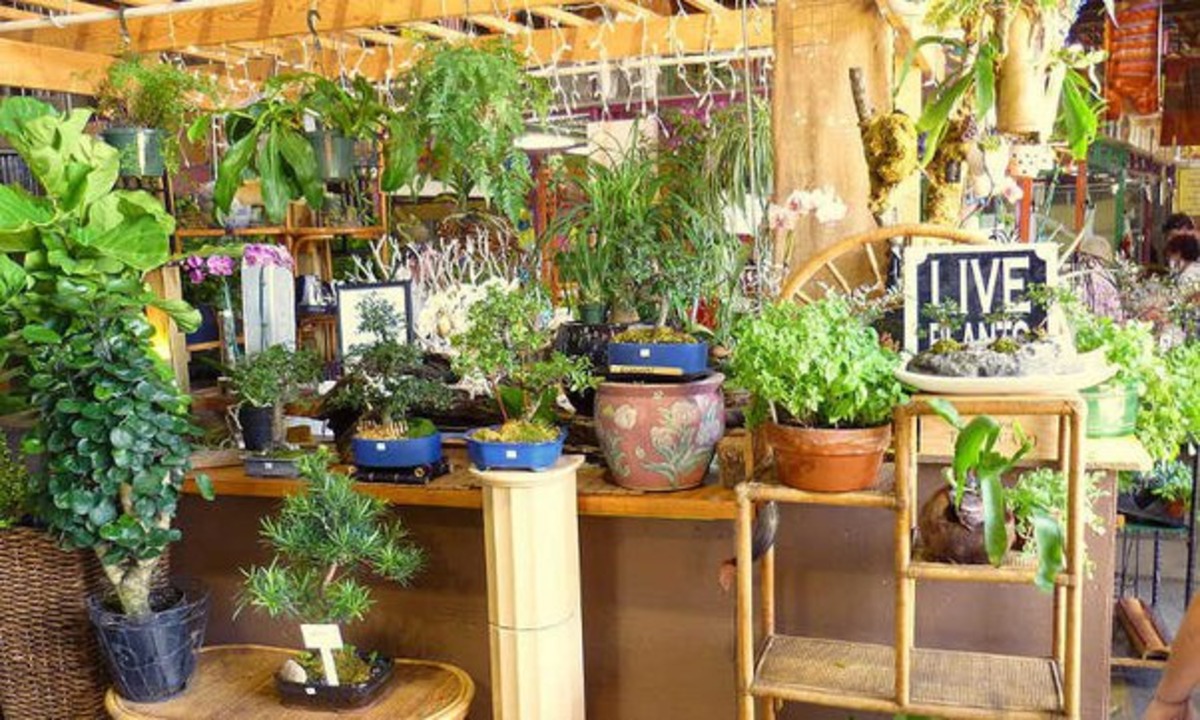
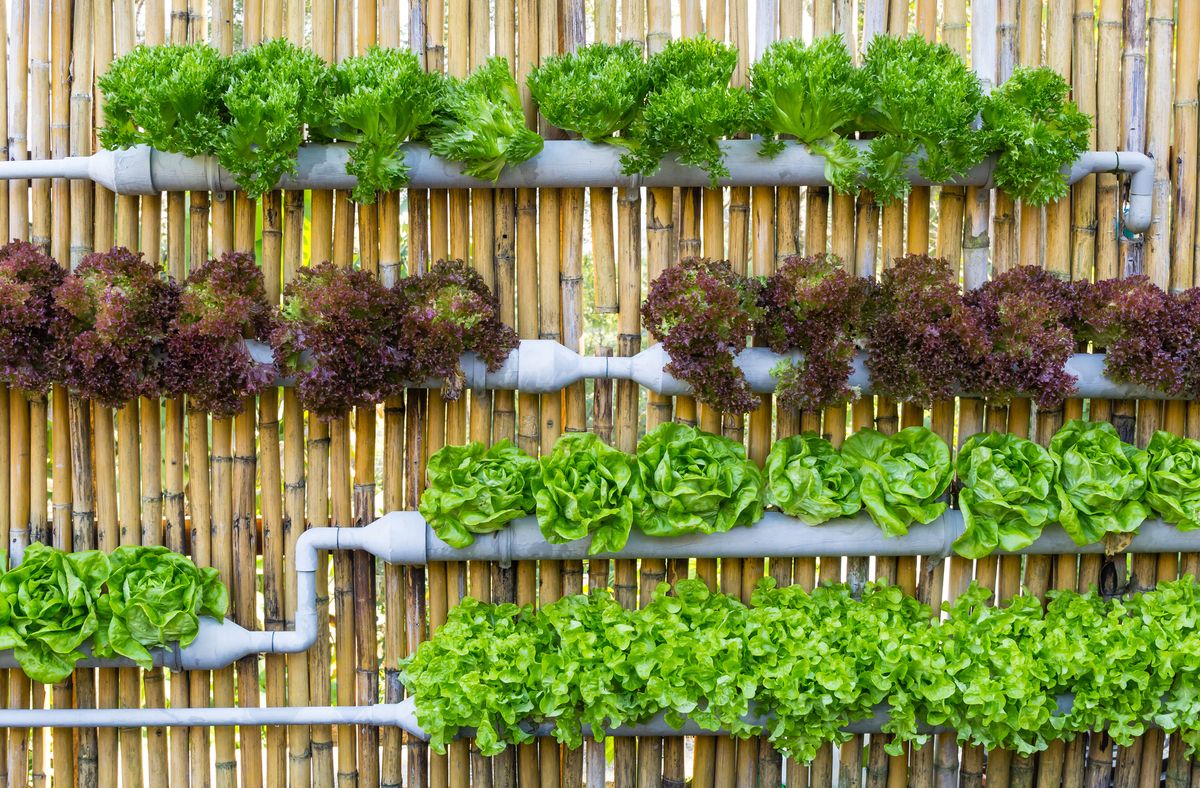
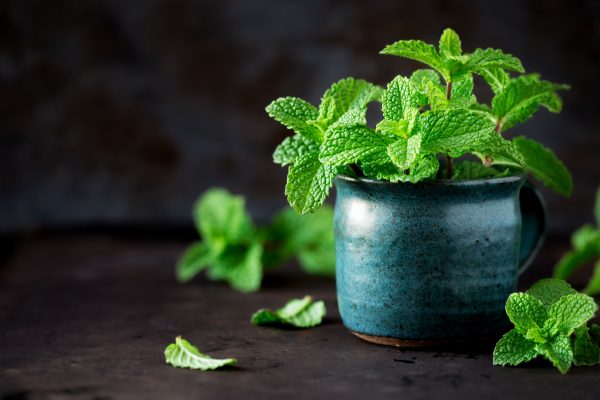
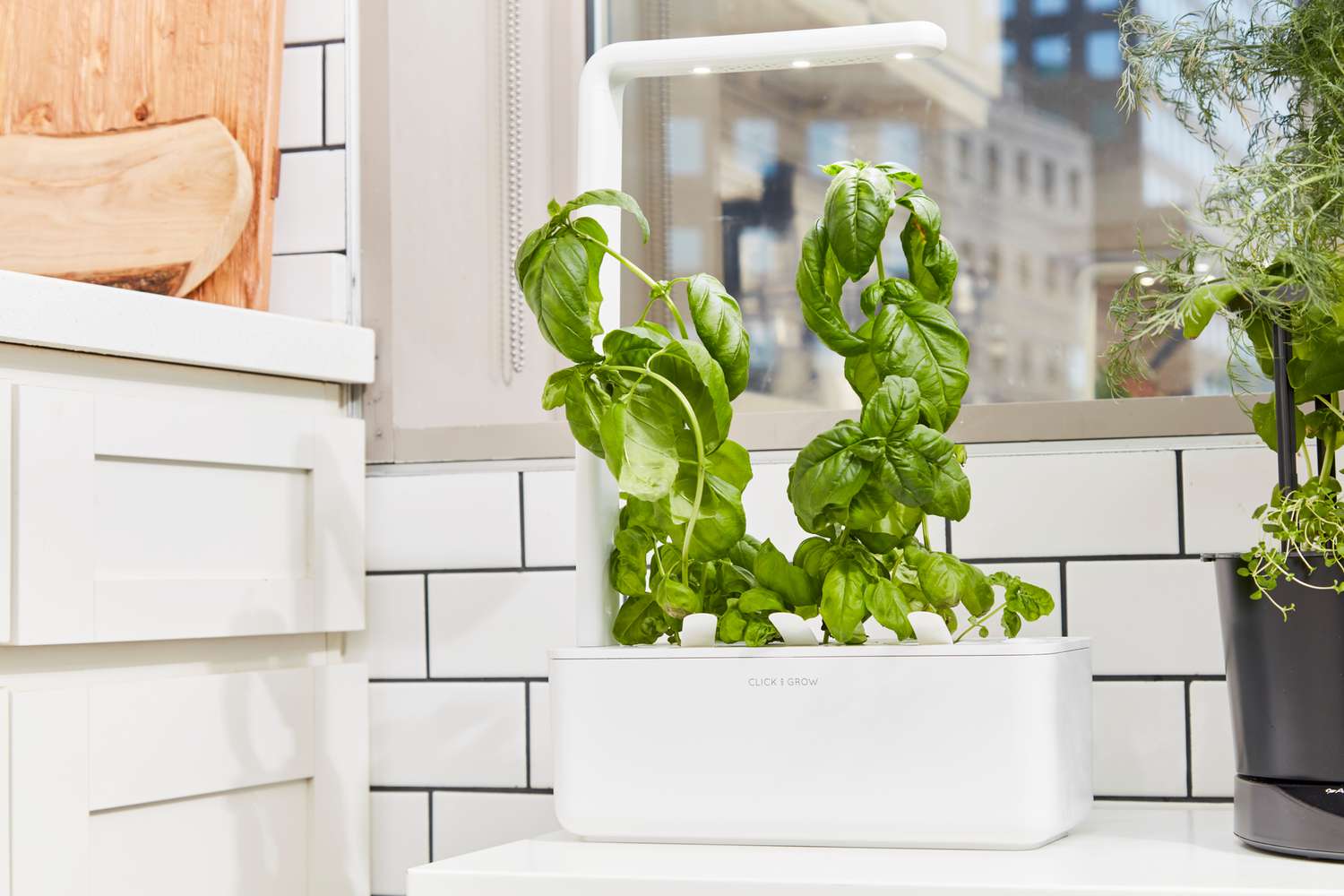
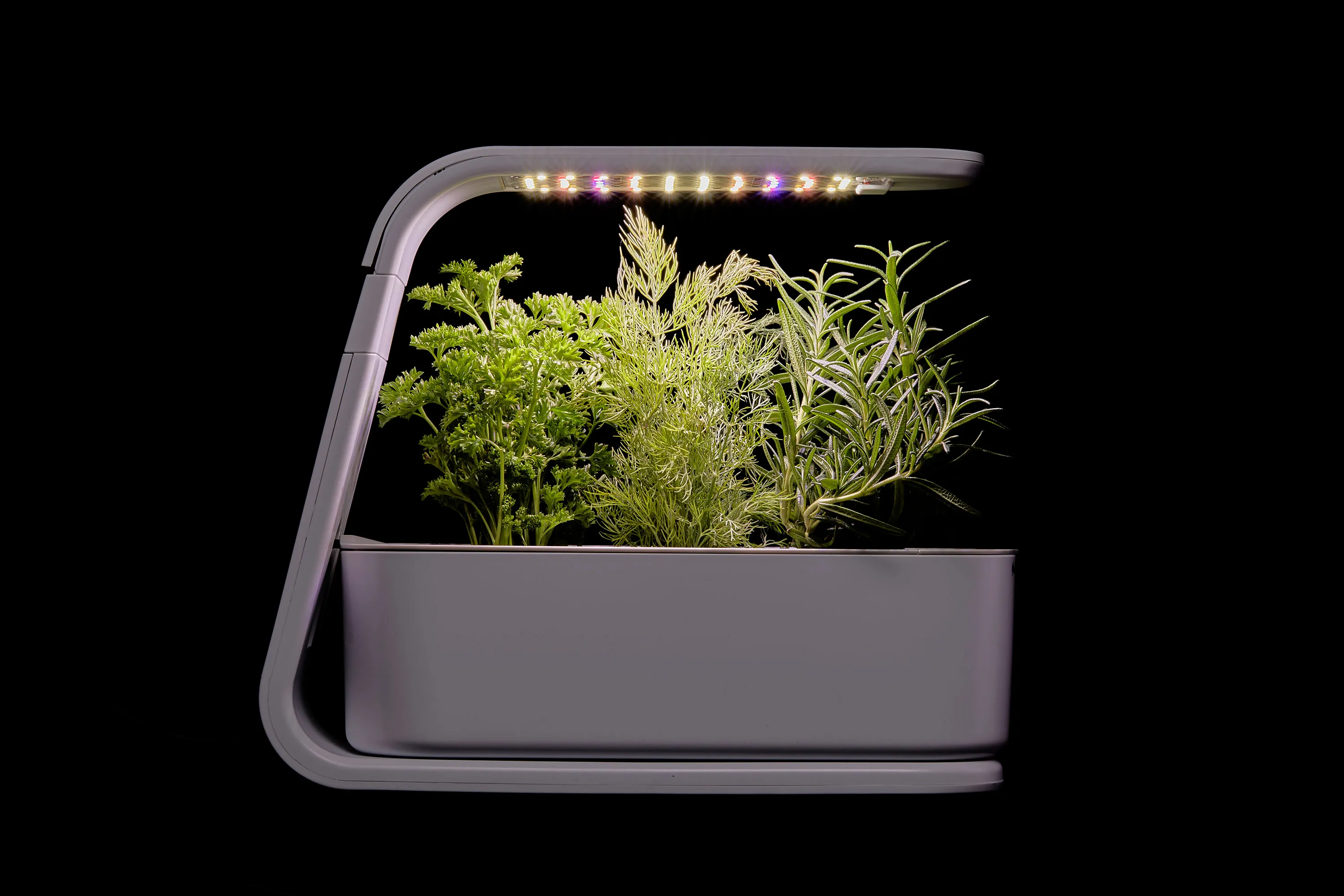
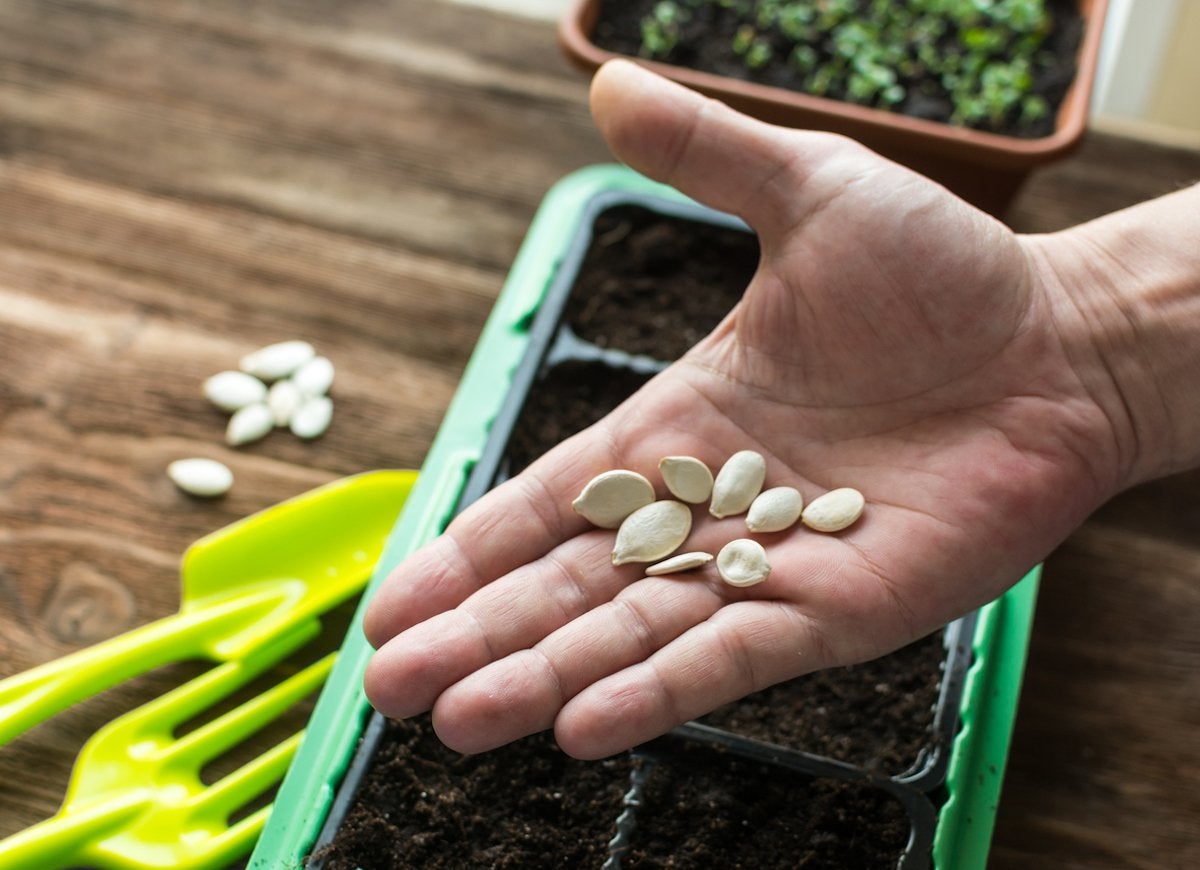
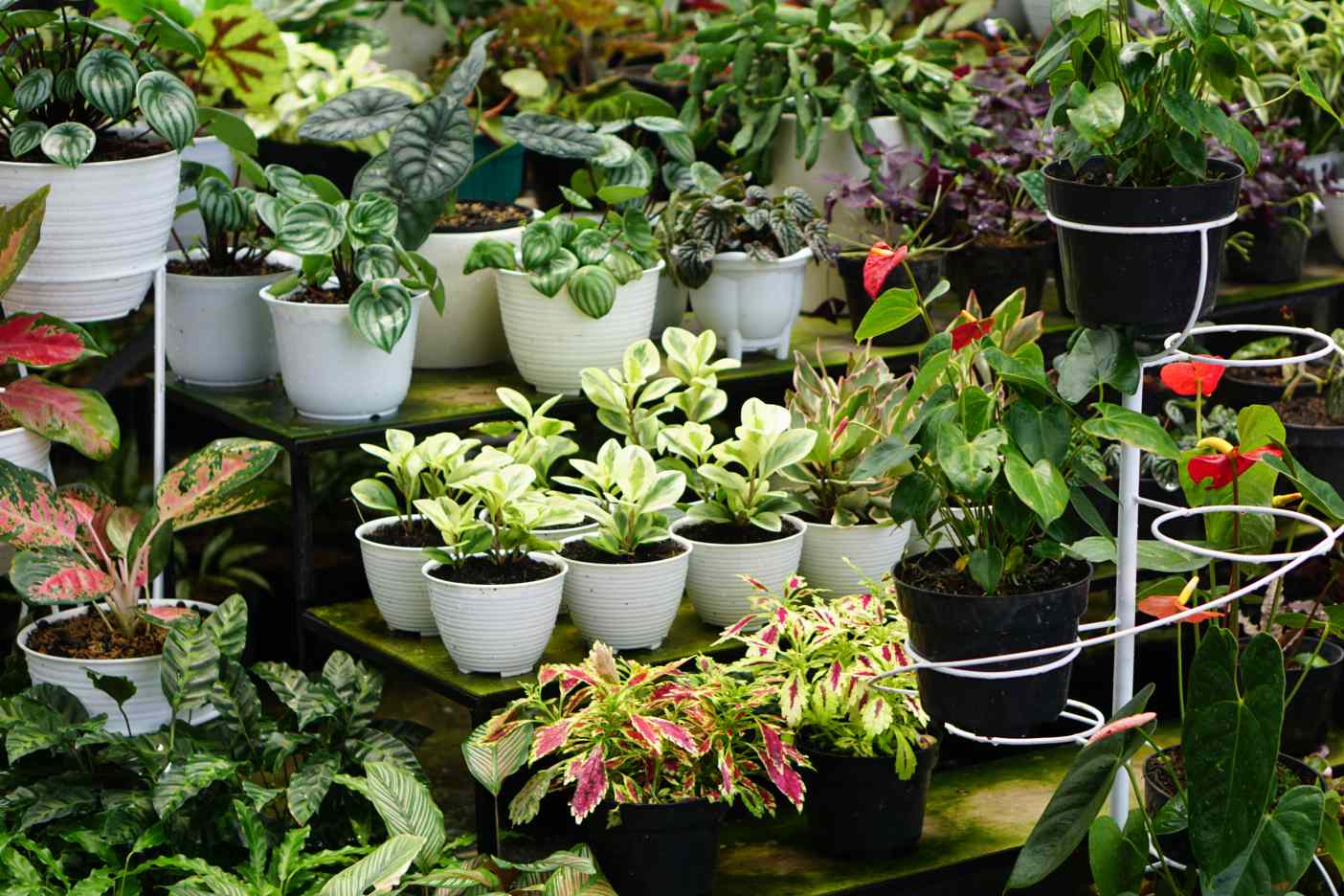
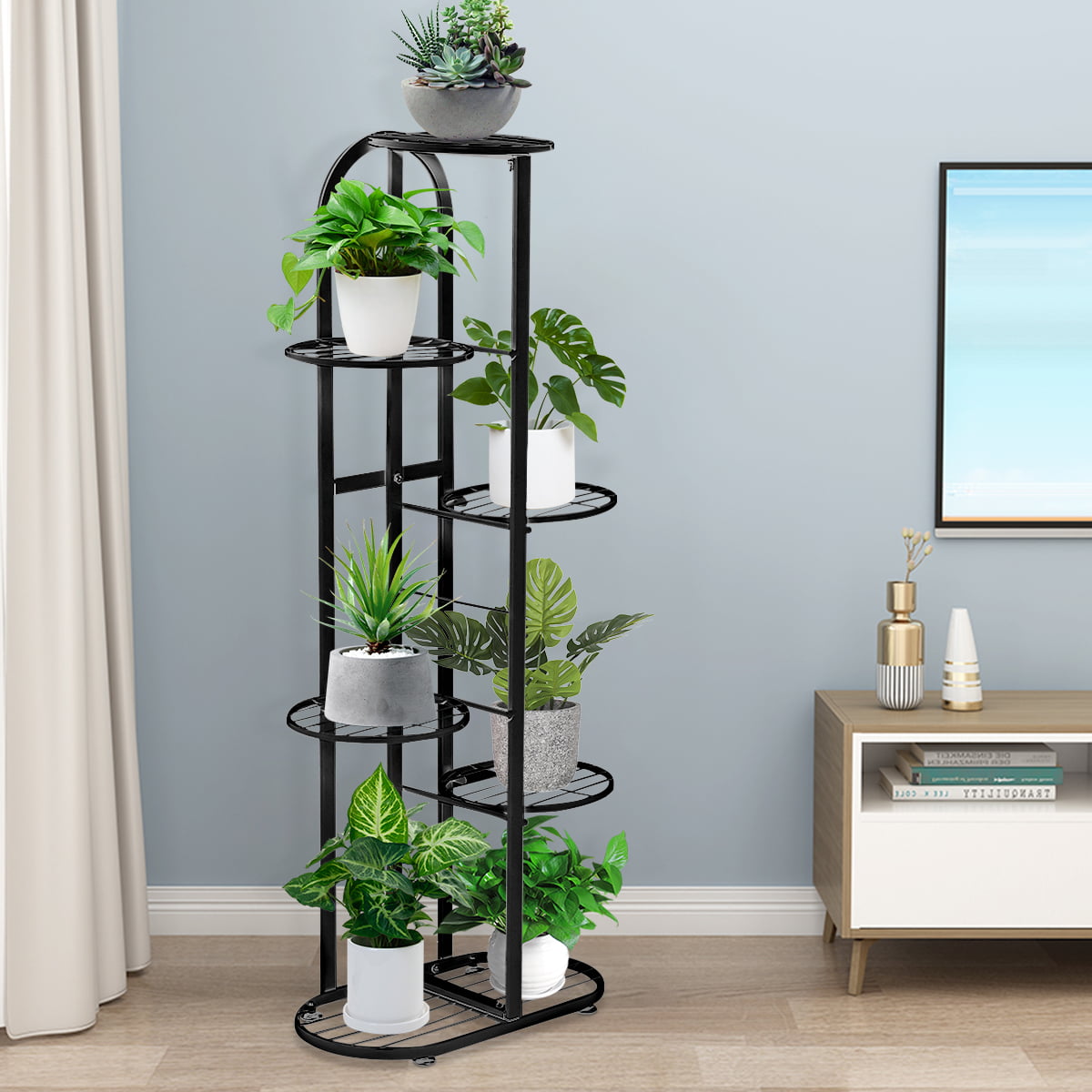
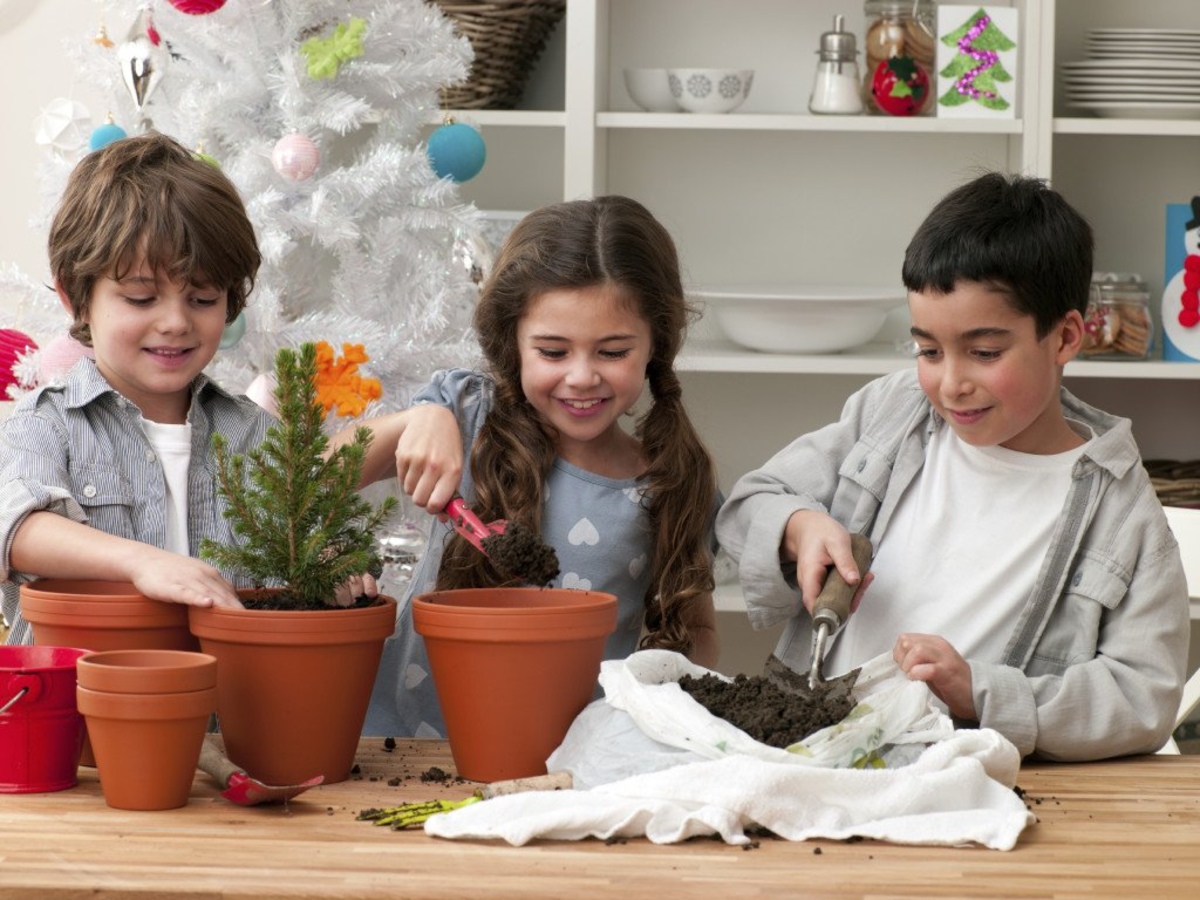
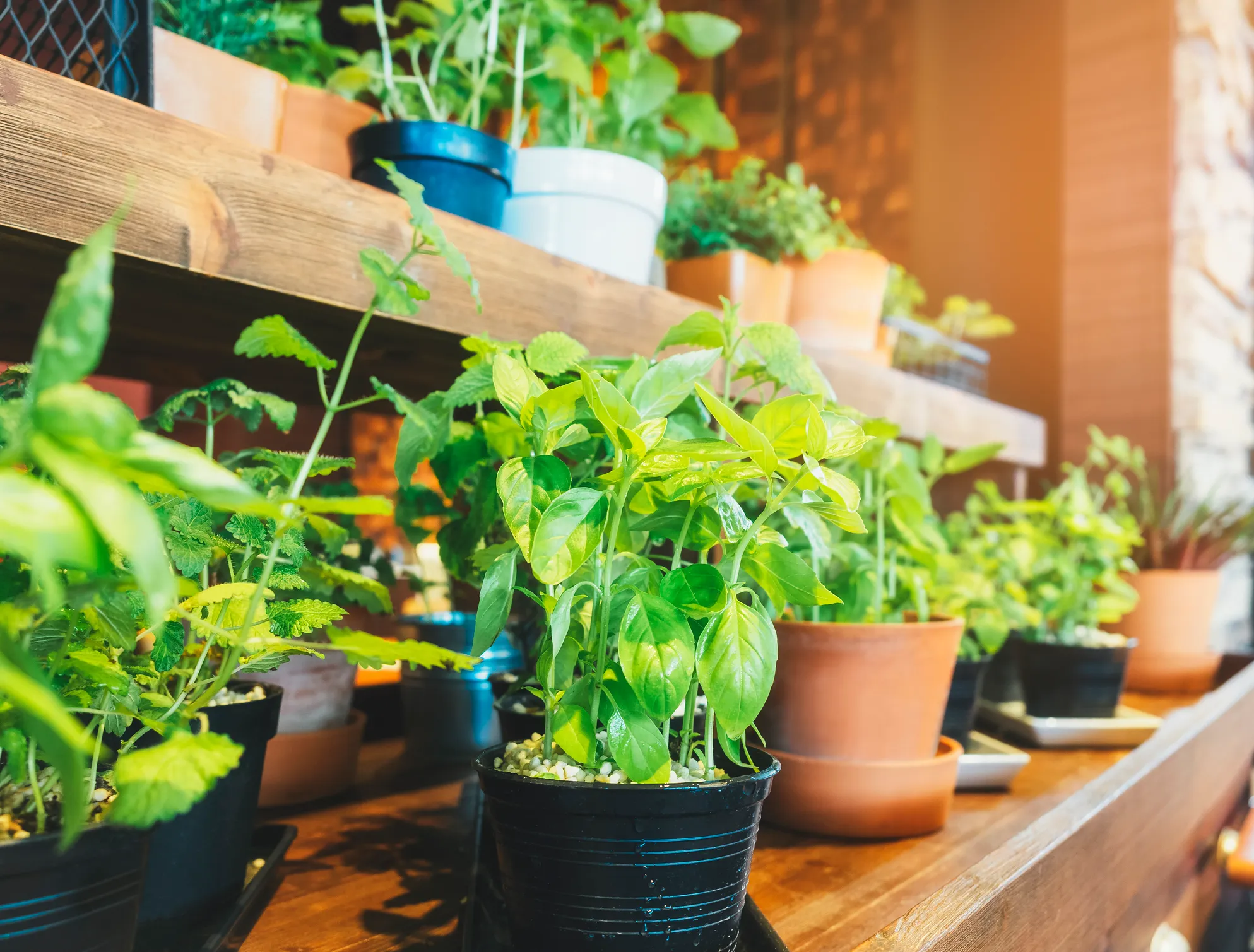
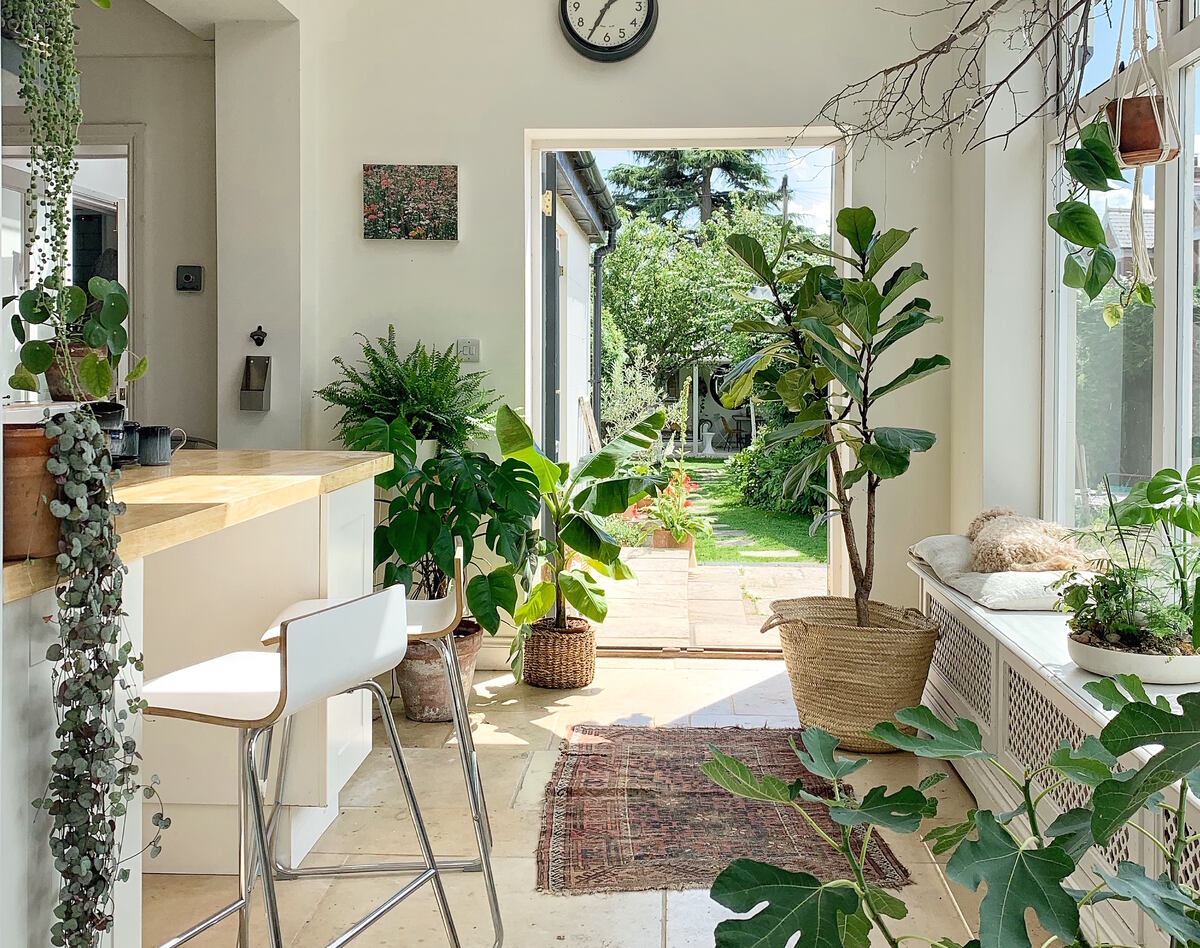
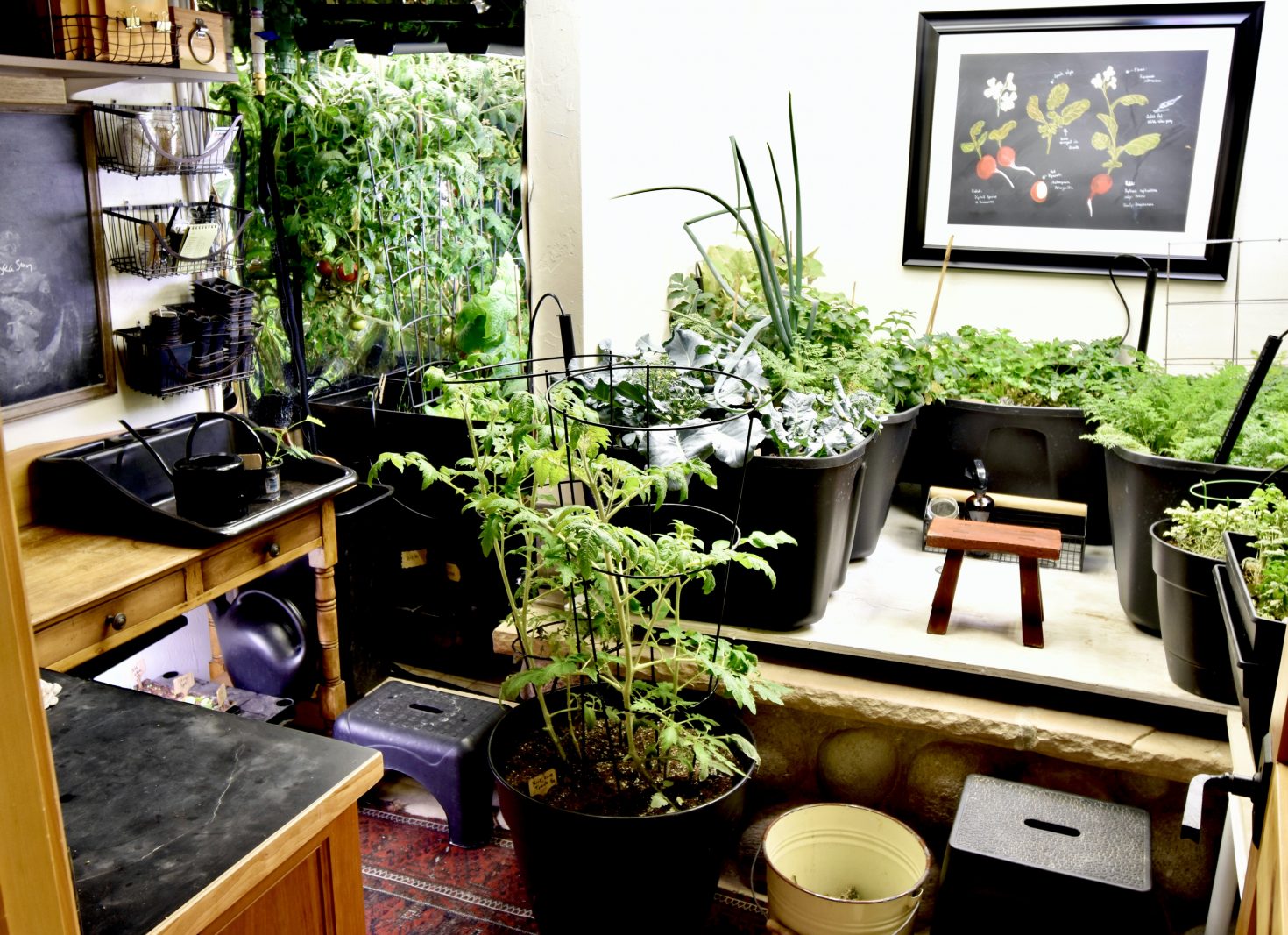
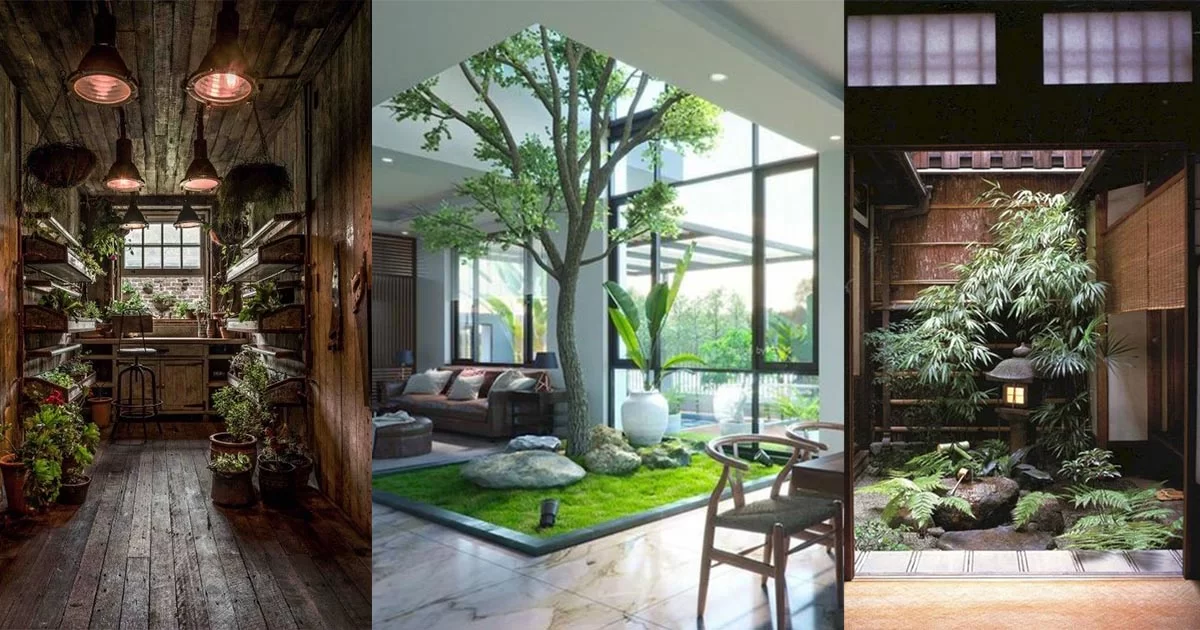
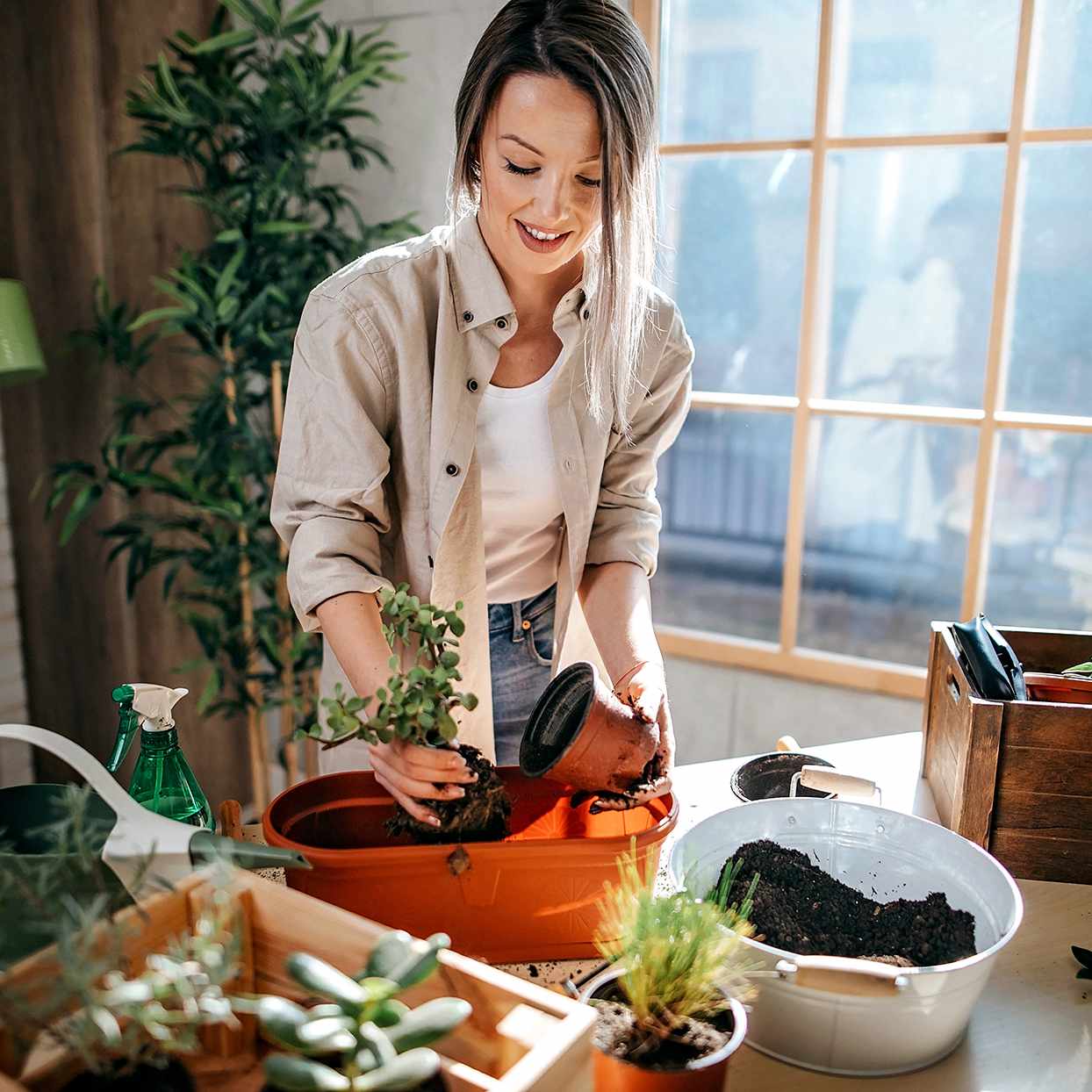

0 thoughts on “What Is The Best Indoor Garden System”